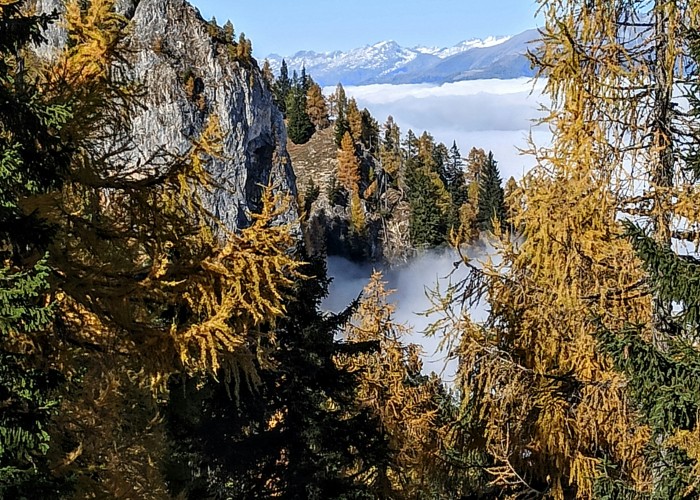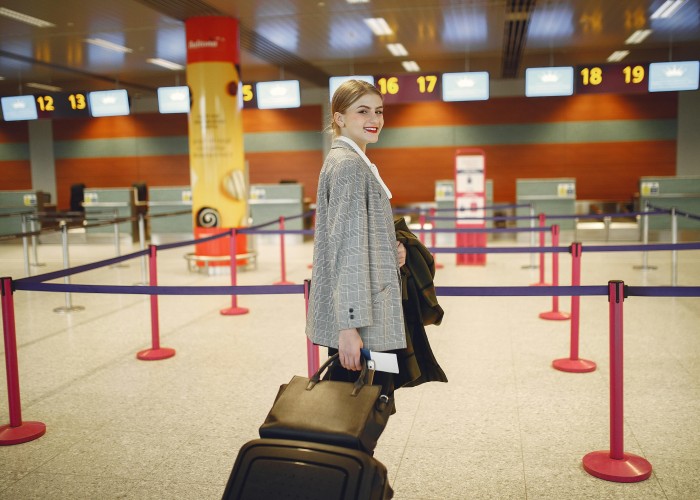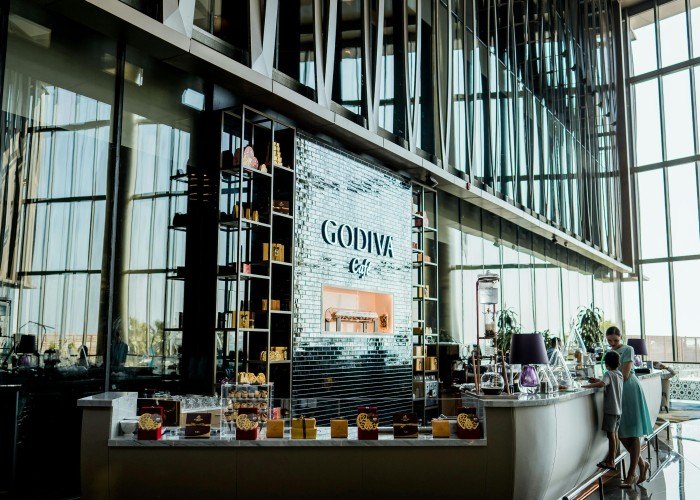Kungsleden, or the King’s Trail, is a legendary long‑distance trek in northern Sweden. It stretches over 440 km between Abisko in the north and Hemavan in the south, winding through wild arctic landscapes, mountain passes, birch forests, and endless tundra. What makes it famous are its dramatic northern lights in winter, midnight sun in summer, and pure solitude in pristine nature. Hikers from the USA, UK, Australia, Germany, and beyond are drawn by its scale, remoteness, and the sense of self-reliance it offers across Arctic wilderness. Kungsleden (King’s Trail) Trek – Sweden.
Best Time to Visit
Choosing when to go depends on what experience you want:
- Mid‑June to early September offers snow‑free trails, open huts, long daylight and more stable weather.
- Mid‑June to mid‑July brings the midnight sun north of the Arctic Circle; great visibility and endless evenings.
- August is cooler, with falling leaves, and fewer mosquitoes.
- September can be quiet, crisp, and beautiful—but daylight shrinks, and some huts begin to close.
Winter treks are possible for experienced snow travelers, but not covered here due to complexity of gear and conditions.
How to Reach (Train / Road / Air)
Reaching Kungsleden is straightforward thanks to Swedish infrastructure:
- By air: Fly into Kiruna Airport for access to the northern stretch (Abisko), or Arvidsjaur/Hemavan airports for southern access.
- By train: Swedish rail lines from Stockholm or Gothenburg reach Kiruna and Luleå, with connections to Abisko.
- By road: Driving is possible across Sweden’s well‑maintained highways. Rental cars or regional buses bring you to trailheads.
- Onsite transit: Regular local buses run between trail towns and lodges. Some shuttle services operate during summer.
Entry Fees and Permits (Approximate or Subject to Change)
- No permit needed to hike Kungsleden—trails are public land.
- Huts and lodges charge per night—expect around 120 to 250 SEK for standard accommodations, higher for private cabins. Prices vary and are subject to change.
- National park fees may apply in places like Abisko National Park—usually modest, around a few hundred SEK per entry, depending on park rules.
- Membership in Sweden’s tourist or outdoor associations may offer discounts on overnight stays—but optional.
Food Availability and Meal Options During the Trek
- Trail huts and lodges serve basic meals—often buffet‑style breakfast, packed lunches or cafe items, and hot dinners with traditional Swedish fare.
- Stock up in towns—Abisko, Nikkaluokta, Kvikkjokk, Hemavan all have grocery shops or bakeries to buy supplies before heading into the backcountry.
- Self‑carry snacks are essential: energy bars, dried fruit, nuts, chocolate for between hut stops.
- Water sources are frequent—streams or springs near huts are usually safe after a filter or purification tablet.
Packing List and Essentials
Keep things light, balanced, and practical:
- A sturdy 40‑50 L backpack
- Waterproof and wind‑proof jacket and trousers
- Warm mid‑layer (fleece or lightweight down)
- Moisture‑wicking base layers
- Hat, gloves, buff or neck warmer
- Waterproof hiking boots and good socks
- Trekking poles (highly recommended on uneven terrain)
- Headlamp with spare batteries
- Sunglasses and sunscreen (UV can be intense in the Arctic summer)
- Water bottle or reservoir, plus purification backup
- Mini first‑aid kit (plasters, pain relief, blister care)
- Map, compass or offline GPS app
- Snacks, lunch provisions, energy food
- Lightweight towel and personal hygiene items
- Portable charger for electronics
- Sleep sack or liner—for huts’ bedding
Safety Tips and Local Regulations
- Check weather daily—summer storms can arrive quickly. Dress in layers and be ready to shelter.
- Trails are marked—but remote, so carry maps and GPS, and know your daily endpoints.
- Mosquitoes and biting insects can be intense in June and July—bring repellents or head nets.
- Wildlife: Respect reindeer herds; keep distance and do not bribe or feed animals.
- Leave no trace—carry out trash; even biodegradable waste should be packed out in fragile arctic zones.
- Camping regulations: Freedom to roam applies—wild camping is allowed but keep distance from huts, and follow regulations for national parks.
- Emergency number: 112 in Sweden for rescue services.
Tips for Beginners or First‑Time Visitors
- Ease in with shorter day hikes before starting longer sections—get accustomed to terrain and gear.
- Plan shorter daily stages—4‑7 hours on your feet helps with endurance.
- Reserve hut stays well in advance, especially for popular stretches around Abisko or in early summer.
- Hike with a partner or small group—safer, easier to navigate together.
- Acclimatise gradually—Northern Sweden is cool; avoid overheating early in the day.
- Test your gear before the trek, particularly boots and rainwear—chafing or leaks cost comfort in remote places. Kungsleden (King’s Trail) Trek – Sweden.
Local Customs or Cultural Etiquette
- Swedes are friendly and reserved. A polite “hej” or “god dag” goes a long way.
- National park etiquette: Stay on trails near sensitive zones, and follow posted rules especially near cultural heritage sites or reindeer grazing areas.
- Low noise levels in huts—respect quiet hours and maintain a calm atmosphere.
- Hut etiquette: Clean your area, bring in shoes, and don’t disturb communal harmony. A simple “tack” expresses thanks.
FAQ Section
Here are high-interest questions hikers often search for:
How long is the Kungsleden Trek?
Full trek is about 440 km, usually done in 3 to 4 weeks, but many complete shortened versions (Abisko to Nikkaluokta or Hemavan).
How difficult is the trek?
Graded moderate to challenging. Terrain includes river crossings, tundra, and uneven ground—fitness and preparation help a lot.
What altitude does it reach?
Mostly between 300 and 800 metres above sea level. Highest points near Kebnekaise area can reach close to 1,100 metres.
Are restrooms available?
Yes—huts have basic toilet facilities. Wild camping areas may require portable toilet solutions. Towns on entry/exit have full facilities.
Is the route suitable for beginners?
Yes—especially in summer, on shorter segments. Start with well-marked, popular sections like Abisko to Nikkaluokta to build confidence. Kungsleden (King’s Trail) Trek – Sweden.
Is the trail marked well?
Yes—red “T” trail markers indicate the route throughout the trek.
Do I need to carry a sleeping bag?
Huts provide bedding, but a sleep liner is hygienic and sufficient.
Does phone signal work on the trail?
Coverage is patchy. Near towns and some huts you may get signal. Bring offline navigation tools and share plans with someone before you go.
What about wildlife or insect concerns?
Mosquitoes can swarm in early summer—bring repellent. Watch for reindeer and respect them—do not chase or feed.
Is wild camping allowed?
Yes—Sweden’s Right of Public Access means you can camp almost anywhere, outside of private land or protected zones. Keep distance from huts and leave no trace.
Final Thoughts
The Kungsleden Trail in Sweden is an extraordinary journey into Arctic wilderness. It offers peace, scale, and natural beauty in ways few trails can. For travelers from the USA, UK, Australia, Germany, and beyond, it’s a rare chance to walk through tundra under the midnight sun or autumn colors, to reset and reconnect with wild nature. Kungsleden (King’s Trail) Trek – Sweden.






Leave a Reply